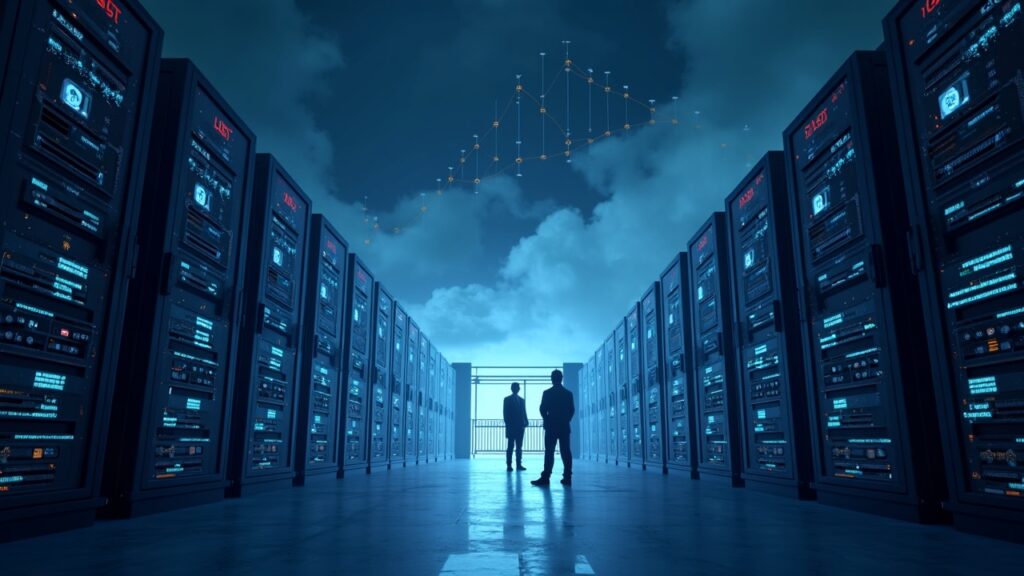In 2025, a wave of big-money deals in crypto mining revived the “Barbarians at the Gate” motif as buyers, lenders and investors poured billions into miners pivoting to AI compute. Headline moves include CoreWeave’s nine billion dollar buyout of Core Scientific and Google’s 1.4 billion dollar purchase of 5.4% of Cipher Mining. The surge concentrates server power and heaps debt on a small set of firms, affecting pension funds, cloud companies and government watchdogs.
The transaction roster is led by CoreWeave–Core Scientific at nine billion dollars, followed by TeraWulf’s plan to borrow or raise about three billion, and capped by Google’s 1.4 billion dollar check for a 5.4% slice of Cipher Mining. Taken together, the numbers show a clear pivot: Wall Street now treats bitcoin mines as future AI data centres, where buildings and power contracts matter more than the coins they once produced.
These buys are financed with high-interest “junk” debt reminiscent of the 1988 RJR Nabisco deal, swapping the old prize—a cigarette-and-food conglomerate—for today’s racks of GPUs and cheap electricity. Junk bonds let buyers put down little cash and promise big returns, but if cash flow stalls the debt still has to be serviced.
Why invest in AI infrastructure?
Liquidity and valuation are shifting as fresh money floods into old mines, shares and loans trade more often, and prices swing with guesses about how many AI jobs each kilowatt will run rather than with the bitcoin price alone.
Financial risk is rising with heavy debt loads, because a small drop in revenue or a jump in power cost can push a miner toward default.
Business models are being rewired as rigs built for bitcoin hashing get repurposed to train AI models, shifting the pitch from coin rewards to hourly rent for compute cycles.
Regulatory attention is set to broaden, with senators refusing to block state-level AI rules—a sign that more than one agency will probe those suddenly important warehouses.
Old mining sheds are becoming AI factories, paid for with billions in borrowed cash and new equity. The next test is simple: owners must plug the machines into AI workloads, earn enough to cover interest and keep the lights on. If they succeed the “barbarians” build a new industry; if they fail, debt forces fire-sales and shutdowns.

